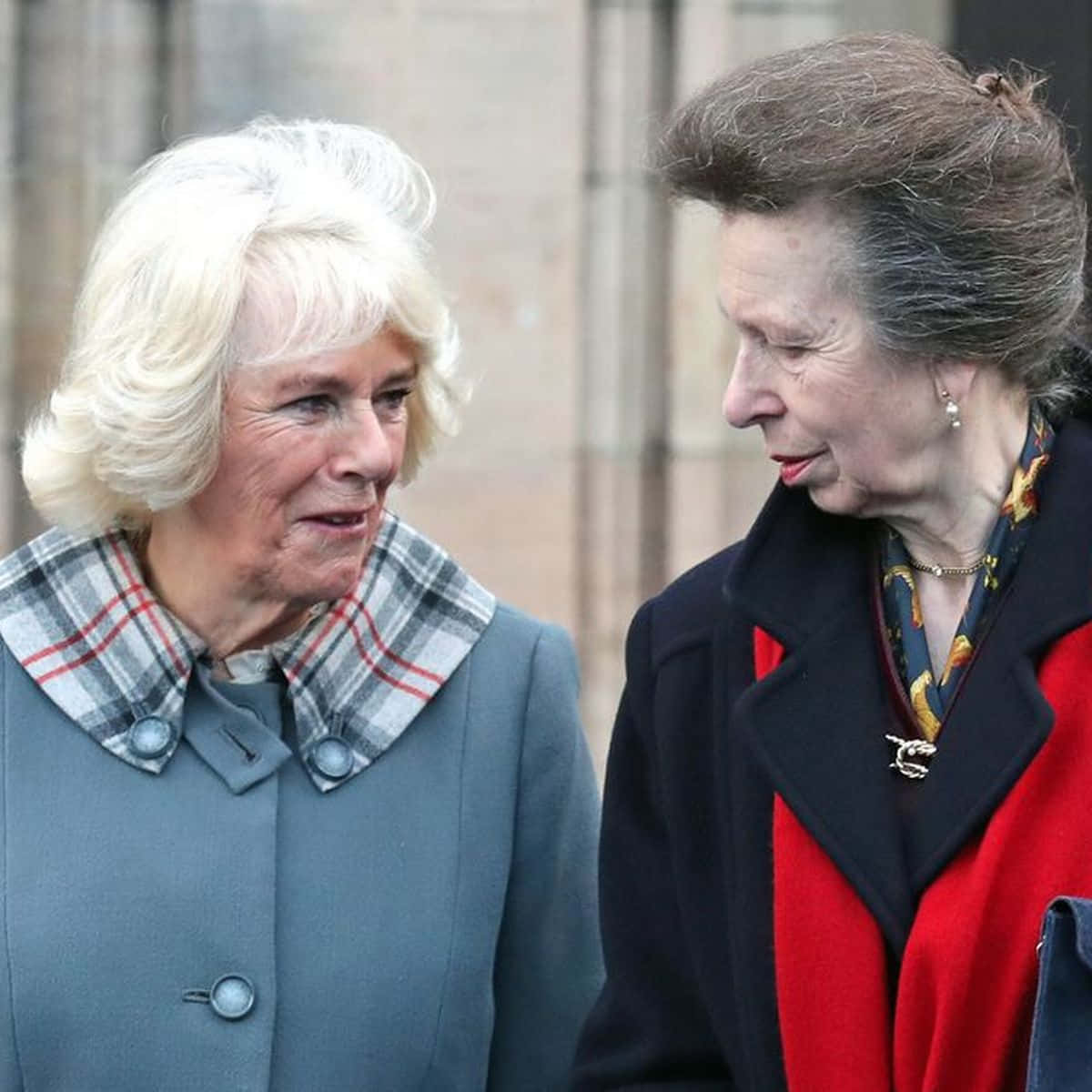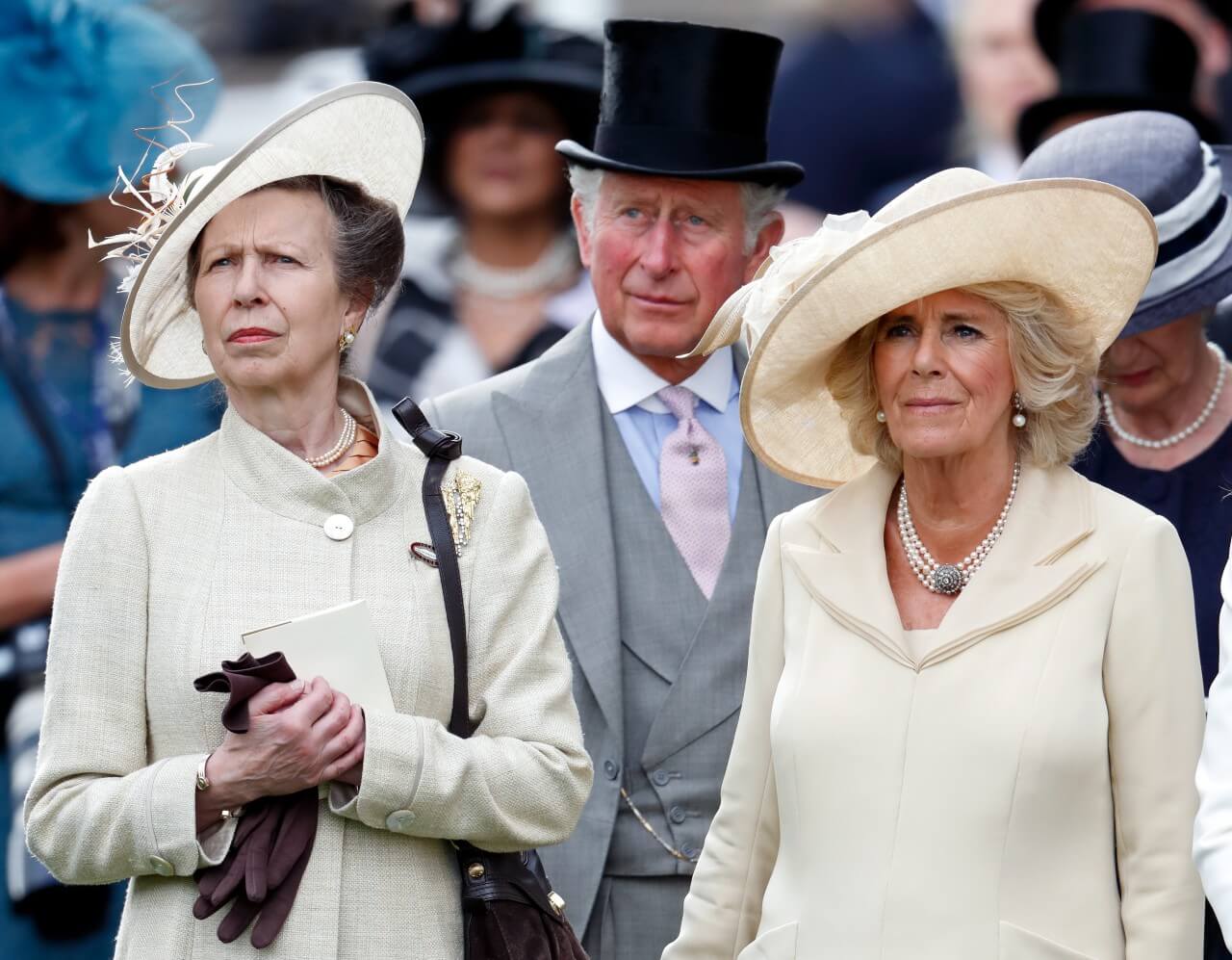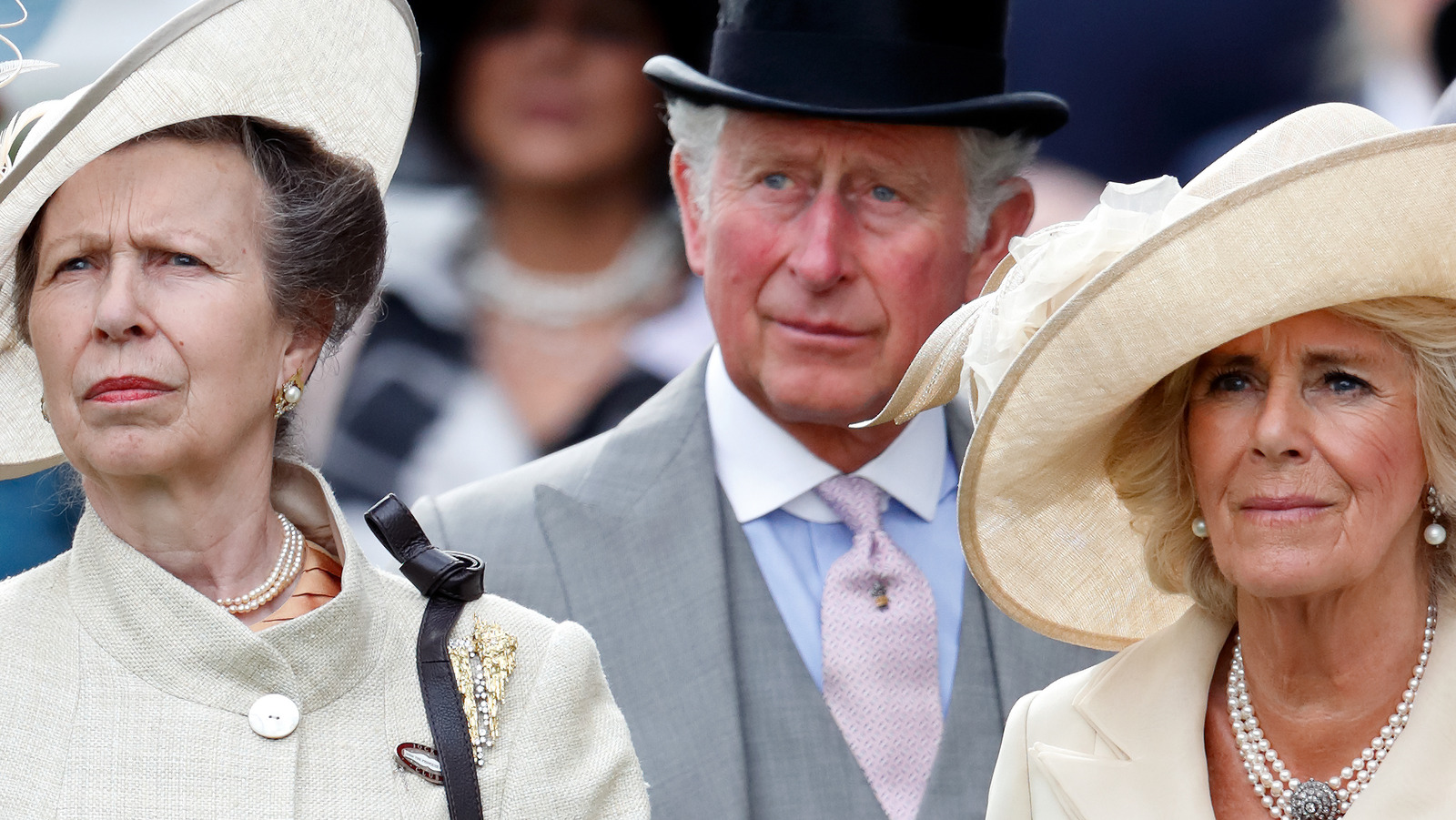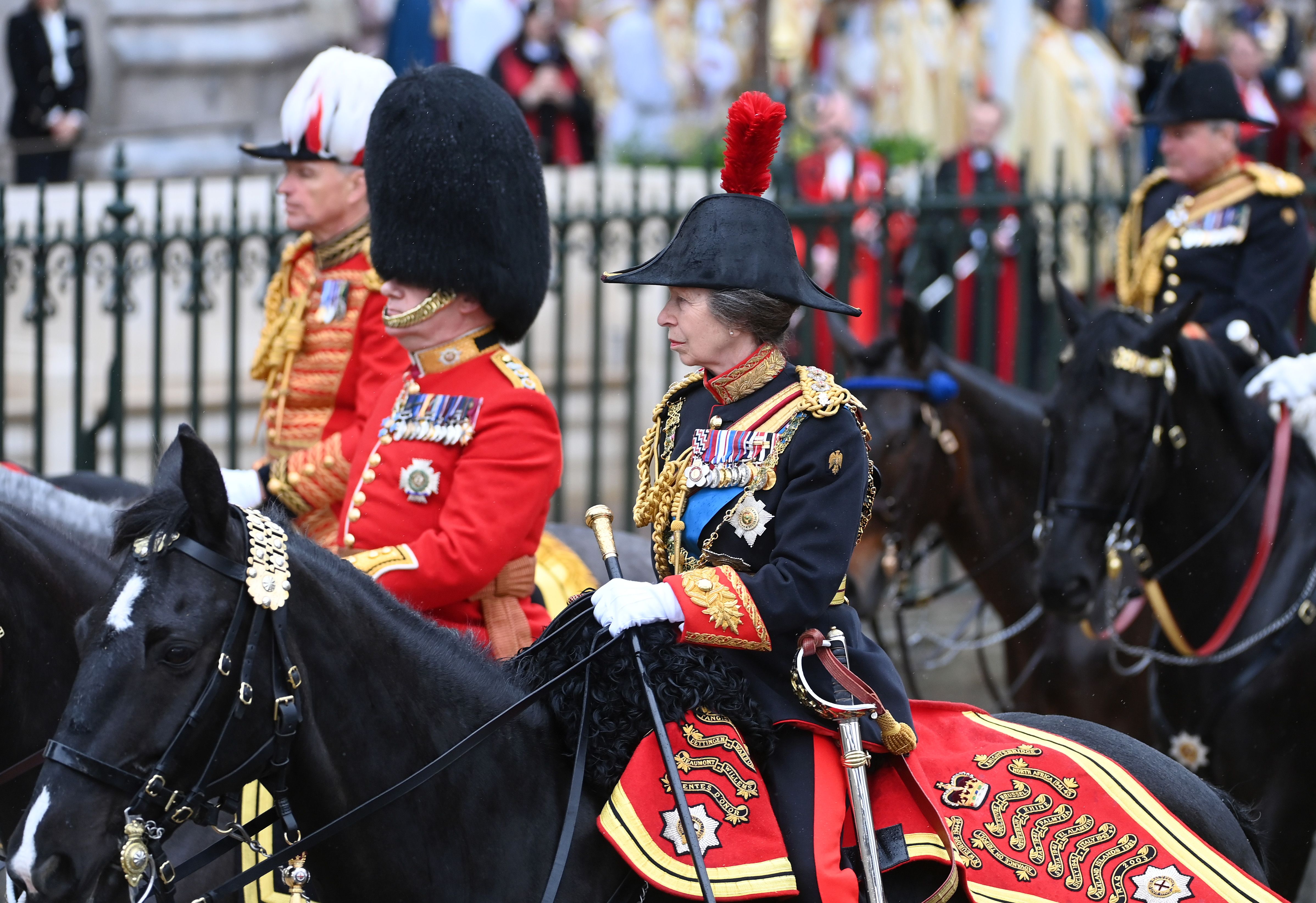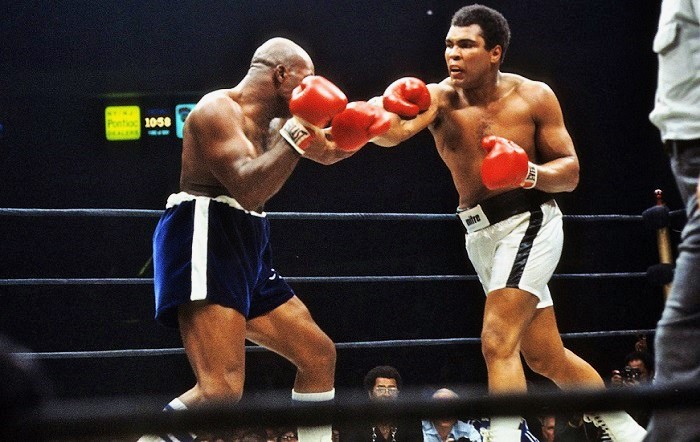Palace Rift: Princess Anne, Kate, and the Future of Queen Camilla

For generations, the British monarchy has stood as a symbol of unity, continuity, and tradition. But behind the polished facade of Buckingham Palace, tensions are once again boiling over. At the center of the storm is Queen Camilla, whose controversial rise from mistress to Queen Consort has never been fully embraced—neither by the public nor, it seems, by certain members of the royal family.
Now, fresh reports suggest that Princess Anne and the Princess of Wales, Kate Middleton, may be quietly — and not so quietly — reshaping Camilla’s future within the monarchy. Their subtle yet significant actions have triggered a new wave of speculation: is Queen Camilla’s role in danger, and what does this mean for King Charles III’s reign?
A Legacy of Tension
Camilla’s presence in royal life has always been complicated. For decades, she was viewed by much of the public as the “third person” in Charles and Diana’s marriage, a label Diana herself memorably voiced in her famous BBC interview. Even after Diana’s tragic death in 1997, the memory of that betrayal clung to Camilla, casting a shadow over every step she took with Charles.
When Charles finally married her in 2005, the union was presented as a matter of love triumphing after years of adversity. Yet even then, Camilla was styled not as “Princess of Wales” — out of respect for Diana — but as Duchess of Cornwall. Only upon Charles’s accession in 2022 did she officially become Queen Consort, a title that remains contested in the eyes of many.
Princess Anne: A Voice of Discontent
Princess Anne has long been known as the most hardworking royal, a woman of unshakable duty and principle. Unconcerned with glamour or headlines, she has spent decades carrying out engagements with quiet determination. But her no-nonsense demeanor also means she speaks plainly when she sees a threat to the monarchy’s integrity.
Reports suggest Anne has voiced strong reservations about Camilla’s suitability as Queen Consort, citing not only her role in Diana’s heartbreak but also the perception that Camilla lacks the dignity traditionally associated with the role. According to insiders, Anne has gone so far as to suggest that Camilla should not be referred to as “Queen” at all — an extraordinary breach in royal unity that has not gone unnoticed.
Kate Middleton’s Silent Rebellion
If Anne is the monarchy’s blunt voice, Kate Middleton represents its carefully curated grace. Beloved by the public and widely seen as the future of the Crown, Kate rarely makes missteps. Yet, during the coronation, sharp-eyed observers noticed something unusual: Kate did not curtsy to Queen Camilla.
For some, this was a small detail, easy to overlook. But within the symbolic world of royalty, gestures speak louder than words. To many, Kate’s choice signaled a quiet rejection — an unspoken statement that she does not fully accept Camilla’s authority as Queen.
Such subtle acts of defiance, particularly from someone in Kate’s position, carry weight. As the wife of the heir to the throne, her views represent the monarchy’s future. If she is unwilling to show deference, it raises serious questions about the long-term stability of Camilla’s role.
The Weight of History
This is not the first time royal women have clashed within palace walls. From Anne Boleyn’s doomed rivalry with Catherine of Aragon centuries ago to Queen Elizabeth II’s carefully managed relationship with Princess Margaret, history is littered with stories of personal feelings colliding with public duty.
What makes today’s situation so volatile is that Camilla was never universally embraced. Unlike Diana, who won hearts across the globe, Camilla has spent her public life fighting to repair an image shaped by scandal. Though she has dedicated herself to causes such as literacy and domestic violence awareness, her past continues to define her.
Public Opinion: A Divided Nation
Among the British public, opinions remain split. To some, Camilla represents resilience and the triumph of love against adversity. To others, she is forever the woman who broke Diana’s heart and, by extension, betrayed the people’s princess.
This division is mirrored within the royal family itself. While Charles remains steadfastly devoted to his wife, whispers of dissent from Anne and Kate suggest the monarchy itself is uneasy about Camilla’s place at its heart.
What Lies Ahead?
The royal family has survived wars, abdications, and scandals, but the issue of Camilla may prove one of its thorniest challenges yet. With Charles already seeking to “slim down” the monarchy and streamline its image for a modern era, Camilla’s contested role threatens to complicate his efforts.
If Anne continues to voice her disapproval and Kate quietly distances herself, the monarchy risks sending a message of division rather than unity. For a system built on ceremony and symbolism, such cracks are dangerous.
Diana’s Shadow
Perhaps the greatest challenge Camilla faces is not from Anne or Kate, but from Diana herself. Even decades after her death, Diana’s memory looms large. She remains an icon of compassion, warmth, and authenticity. For millions, no one can replace her.
Every gesture, every headline involving Camilla is inevitably compared to what might have been had Diana lived. This lingering ghost of the past ensures that Camilla will always be measured against a woman many still view as the rightful Queen.
Conclusion: A Palace at a Crossroads
The British monarchy is once again at a crossroads. As King Charles and Queen Camilla attempt to solidify their reign, Princess Anne’s blunt honesty and Kate’s quiet defiance threaten to expose cracks that Buckingham Palace would prefer to keep hidden.
Whether Camilla weathers this storm or not, one thing is certain: the crown is no longer insulated from personal tensions. And in the eyes of the public, the battle between duty, tradition, and personal history is far from over.
Princess Anne: The Quiet Strength That Camilla Can Never Match


In the grand theater of monarchy, crowns and titles often command attention. Yet true royalty is never built on titles alone. It is built on dignity, discipline, and the ability to embody the weight of history with grace. Among all the Windsors, there is one figure who has quietly, steadily, and unwaveringly carried this mantle: Princess Anne.
With a single subtle move — whether through her choice of attire, her silent restraint, or her impeccable adherence to tradition — Anne has often said more than any speech could. And in doing so, she has, time and again, exposed the weakness of others, particularly Camilla, now Queen Consort, whose struggles with etiquette and tradition stand in stark contrast.
The Daughter Who Needed No Titles
Princess Anne has never needed to prove herself with words. As the only daughter of Queen Elizabeth II, she grew up in the shadow of her mother’s extraordinary reign. But rather than seeking glory, Anne defined herself through service. She is, by every measure, the hardest-working royal, often logging more than 400 engagements in a single year.
To foreign dignitaries, she embodies continuity. Every handshake, every bow of the head, every perfectly timed smile speaks of a woman who does not simply perform tradition — she lives it. Those who meet her often remark on her composure, her mastery of protocol, and the rare authenticity she brings to the role. In her presence, one senses a connection to something older, sturdier, more reliable than the spectacle of crowns and jewels.
The Crown’s Quiet Anchor
It is no accident that King Charles ensures his sister is by his side at nearly every major event. He knows that where Anne stands, the Crown stands taller.
At the late Queen’s funeral, it was Anne who walked behind the coffin in solemn silence, a figure of unshakable loyalty. At the coronation, it was Anne who wore military uniform — an understated but unmistakable reminder that service, not self-indulgence, is the essence of monarchy.
Her presence restores dignity, balances the scales, and reassures the public that even as times change, some traditions will not be bent or broken.
Camilla: A Contrast Too Stark
By contrast, Camilla has long struggled with the very basics of royal duty. Before becoming queen, she was expected to curtsy to higher-ranking royals. Yet even the simplest gesture often seemed awkward, as though the weight of history did not sit easily upon her shoulders.
For many, she has been less a stabilizing presence and more a source of discomfort. Her attempts to insert her family into royal traditions — from elevating her grandson above Prince George at the coronation, to quietly pressing Charles to alter customs around crowns — only fueled whispers that she sought not to preserve the monarchy, but to reshape it for her own gain.
Against the backdrop of Anne’s quiet discipline, Camilla’s missteps become magnified. Where Anne seems effortless, Camilla appears strained. Where Anne upholds dignity, Camilla risks ridicule.
Why Anne Carries the Future
Since Queen Elizabeth’s death, Princess Anne has taken on more responsibility than ever. Not because she seeks the spotlight — she never has. But because the monarchy needs her.
She has become its anchor, its safeguard against the fraying edges of public trust. To see Anne standing beside Charles is to be reminded that the monarchy is not merely about who sits on the throne. It is about who upholds the standard.
Anne does this without fanfare. She does not give dramatic interviews, does not seek the adoration of the crowd. And yet, the respect she commands is profound. To many, she is the true keeper of her mother’s legacy, a living embodiment of service before self.
The True Definition of a Princess
It is tempting to measure royalty in jewels, gowns, and titles. But the lesson of Princess Anne is clear: a true princess is not built on titles alone.
She is built on consistency. On loyalty. On the ability to carry centuries of tradition without faltering. And in that sense, Anne has never needed a crown to shine. She has always been the gold standard of monarchy.
For the British royal family, having such a daughter is a blessing beyond measure. For the public, she is reassurance that even as the world shifts, the heart of royalty — duty, dignity, discipline — still beats strong.
And perhaps that is why, no matter how much Camilla may strive, she will always appear second-best. Because royalty is not about being seen. It is about being remembered. And Anne, without trying, ensures that she always will be.


